treeview|xml|创建|控件
目录:
介绍
绑定xml文档到treeview 控件
过滤xml 数据
执行拖放操作
执行删除,改名,插入操作
使用中的treeview 控件
通过xml 和xpath 你可以毫不费力的为你的treeview控件增加拖放甚至更多的功能-by Alex Hildyard
最近,我一直在开发一个用来维护在线目录的用户界面工具,因为这个目录包含太多的产品,所以用一些方法对他们分类是很有意义的。目录管理员将需要有删除和定义新的目录的能力,目录和目录之间进行嵌套的能力,还要用巧妙的方式让目录和产品看上去很直观。
象这样的分类情节迫切需要一个按照种类分类的分等级视图,第一:在数据和它的表示之间的映射通常很微不足道的(trivial),因为treeview 控件的对象模型是自身分等级的。第二:展开一个独立的树节点的能力将用多重级别浏览数据变得更容易.最后: 在TreeView中拖放文件夹是快速处理复杂层次非常简单和吸人注意的方法。
几分钟后,我意识到我脑子中的这个应用程序就是Windows Explorer(windows资源管理器), 并且我要重写它,用产品目录代替文件夹,用产品项目代替文件,甚至我可以快速的实现类似创建或者删除文件夹,执行拖放等操作。如果我以后为一个关系数据编写接口,或者编写一个联系管理程序,或者开发一个追踪我的家族族谱的工具,那么我将会发现我做的都是相同的事情。
这么做是很没有意义的,我需要找到一个为treeview 控件提供分级数据源的通用方法,这个就好象为一个数据表格控件(data grid)在数据库创建一个数据表(database table)一样,并且要能够很方便的实现创建、删除、改名、移动、和拖放数据元素的功能,而不需要顾忌询问中的数据源内容的结构
为treeview 控件创建xml 文档:
根据treeview的层次机构,xml 是非常合乎逻辑的数据格式,你可以用少于6行的代码实现在treeview 控件中显示xml文档,假设你有一个类似下面这样的一个xml文档 ,它包含很多联系(contact) 节点:
<?xml version="1.0" encoding="utf-8"?> <addressbook> <contacts id="Contacts"> <contact id="Alex"> <email id="popmail"> someonesome_pop_mail.net</email> <city>Edinburgh</city> <country>United Kingdom</country> </contact> <contact id="Rebekah"> <email id="webmail"> someonesome_web_mail.net</email> <city>Papakura</city> <country>New Zealand</country> </contact> <contact id="Justin"> <email id="webmail"> someone_elsesome_web_mail.com</email> <city>Muriwai</city> <country>New Zealand</country> </contact> </contacts> </addressbook>[C#] private void populateTreeControl( System.Xml.XmlNode document, System.Windows.Forms.TreeNodeCollection nodes) { foreach (System.Xml.XmlNode node in document.ChildNodes) { // If the element has a value, display it; // otherwise display the first attribute // (if there is one) or the element name // (if there isn't) string text = (node.Value != null ? node.Value : (node.Attributes != null && node.Attributes.Count > 0) ? node.Attributes[0].Value : node.Name); TreeNode new_child = new TreeNode(text); nodes.Add(new_child); populateTreeControl(node, new_child.Nodes); } } [VB] Private Sub populateTreeControl( _ ByVal document As System.Xml.XmlNode, _ ByVal nodes As _ System.Windows.Forms.TreeNodeCollection) Dim node As System.Xml.XmlNode For Each node In document.ChildNodes ' If the element has a value, display it; ' otherwise display the first attribute ' (if there is one) or the element name ' (if there isn't) Dim [text] As String If node.Value <> Nothing Then [text] = node.Value Else If Not node.Attributes Is Nothing And _ node.Attributes.Count > 0 Then [text] = node.Attributes(0).Value Else [text] = node.Name End If End If Dim new_child As New TreeNode([text]) nodes.Add(new_child) populateTreeControl(node, new_child.Nodes) Next node End Sub[C#] System.Xml.XmlDocument document = new System.Xml.XmlDataDocument(); document.Load("../../contacts.xml"); populateTreeControl(document.DocumentElement, treeView1.Nodes); [VB] Dim document As New System.Xml.XmlDataDocument() document.Load("../contacts.xml") populateTreeControl(document.DocumentElement, _ TreeView1.Nodes)





